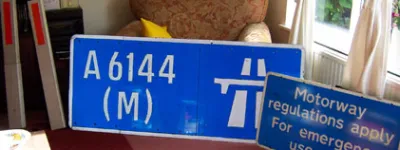Many of the first roundabouts engineered for controlling traffic were crude affairs. Yes, they had a central island and road traffic had to go around it, but to begin with, the slow-moving (often horse-drawn) traffic of the early twentieth century could travel around the roundabout however it wished, with no rules governing direction of travel or priority.
Before roundabouts could become a a serious method of traffic control, rather than just a pleasant-looking focal point amid swirling traffic chaos, they needed to be controlled properly.
Grinding to a halt
In the beginning, there were no rules and roundabouts were a free-for-all. The convention of travelling clockwise around them (or anticlockwise in right-hand-drive countries) arrived relatively quickly: if traffic always kept to the left side of the road, it made sense for it to pass around the left side of the traffic island. By the 1920s this was an established convention.
The first tentative experiments included one in Middlesbrough in October 1958, at a roundabout (now vanished underneath an embankment for the A66) at the junction of the A176 Stockton Road and the A1130 Newport Bridge Approach. The Road Research Laboratory made one change to the existing roundabout, which was to add signs on each approaching road stating "GIVE WAY TO TRAFFIC FROM YOUR RIGHT".
Picture credits
- Photograph of experimental signs in Middlesbrough extracted from National Archives file DSIR 12/257.
